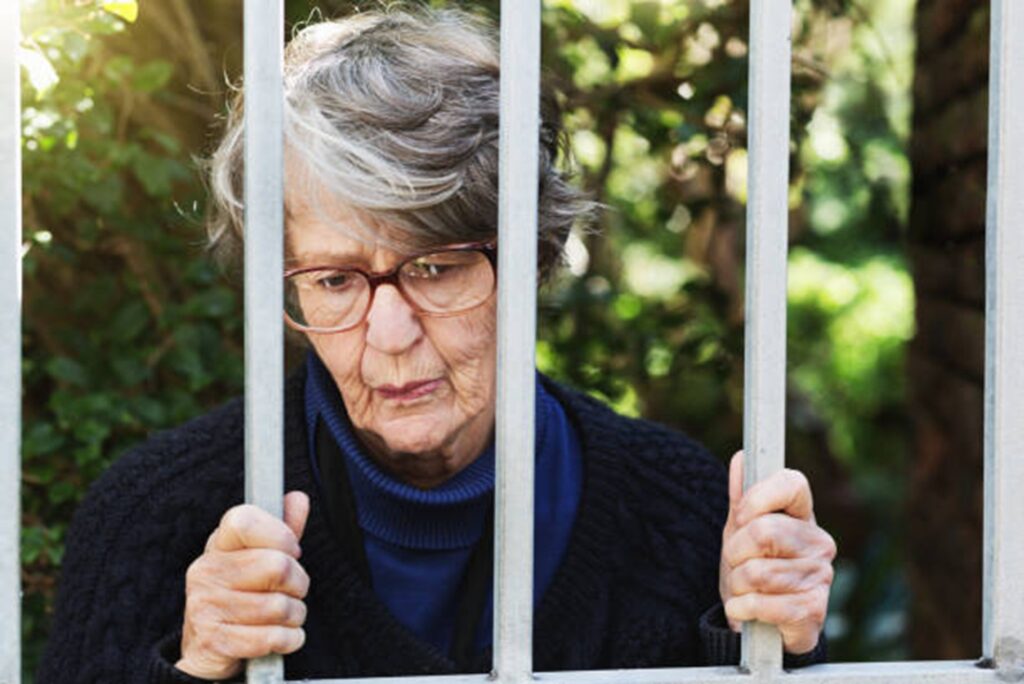
You’ve seen it before. The 2nd grader running into the woods barefoot, a scuffed knee still oozing blood, an old scar through his left eyebrow… and a huge smile on his face. And his friend, wrapped in bubble wrap, helmet on, just out of his third bath in hand sanitizer for the day, staring despondently from the living room window.
Safety and liberty have an interesting relationship, don’t they!
Most people want liberty to increase joy, and want safety to decrease harm. Right? Joy is good, harm is bad. Easy enough. Most of us, in making hundreds of decisions every day, seek to optimize safety (least harm) and liberty (most joy) to drive our own well-being.
Of course, each one of us has our own, self-determined and legitimate sense of well-being. My wife Julie and I both enjoy hiking, and we both enjoy coming upon a beautiful 25’ waterfall. Julie enjoys it standing next to the deep pool at the bottom, while I enjoy it from the air as I’m jumping off it. Very different choices. Each legitimate well-being.
Perhaps without consciously considering safety and liberty, you make decisions to optimize them too:
- Do you wear a bike helmet? There’s a small chance of needing it, but it could make a big difference in a crash outcome (safety). Leaving it home could improve your ‘wind therapy’ (liberty).
- Do you show up late to work? You may want to sleep-in tomorrow (liberty), but don’t want to risk your job (safety).
- Do you clean your own gutters? You might not wish to pay a company to do it (liberty), but you also don’t want to end up in a wheelchair (safety).
- Do you take a second helping of dessert? Let’s just say “Of course!” and not assess that one 😉!
It gets a bit more complicated, though, when we need to make decisions for a child (brain connections not yet fully developed) or for an older adult experiencing dementia (brain connections compromised from disease).
Perhaps dad is nearing the end with dementia and diabetes. His doc, Hippocratic Oath in pocket reminding “first, do no harm”, has him on a low-carb diet so his blood sugar doesn’t spike to 750. Do you help dad adhere to that diet or sneak him the apple fritter that makes the difference between a good day and bad day? What is best for dad’s well-being?
Or maybe you’re a caregiver for Anne who lives at a nursing home, has dementia, and likes to take walks. Way back in the last millennium (code for ‘just a few years ago’), Anne might have been physically tied to her bed with restraints to prevent her escape. Thankfully this type of restraint has fallen out of favor, but is the bed alarm, locked door, and extra medication really any different? Sure, they’re more socially acceptable, but don’t they have the same safety-over-liberty objective? What is best for Anne’s well-being?
When making decisions for others, most people tend to favor safety over liberty without carefully considering the effects on the other’s sense of well-being. But why? Do we chemically restrain Anne with medication because we don’t have the time, interest, or knowledge to help her walk safely? Do we lock her door lest she escape and we get a lawsuit or bad press? Do we keep the apple fritter away from dad because we don’t want the physician to think poorly of us for deliberately not following her orders? Have we done the work to deeply learn what our loved one or patient considers “well-being”?
Or consider this: do we fear equally the harm of a risked injury and the harm of prevented joy?
I suspect that if we truly listened out of love to the words, actions, and body language of those we serve, we would discover that a consistent prioritization of their safety over their liberty may be limiting their well-being.
Food for thought: How does your loved one or patient define well-being? Have you communicated your wishes regarding safety and liberty to those who might care for you someday?
Curt Gritters, RN, BSN, MBA, CDP
Director of the Dementia Institute
Improving Dementia Well-Being
Stay tuned for another blog this summer that considers the implications of these safety-liberty decisions on others and the community around us.
To learn more and for communication tips to improve dementia well-being, you might register for the Dementia Institute’s Family & Friends Caregiver Course, or email us about custom options for your facility.